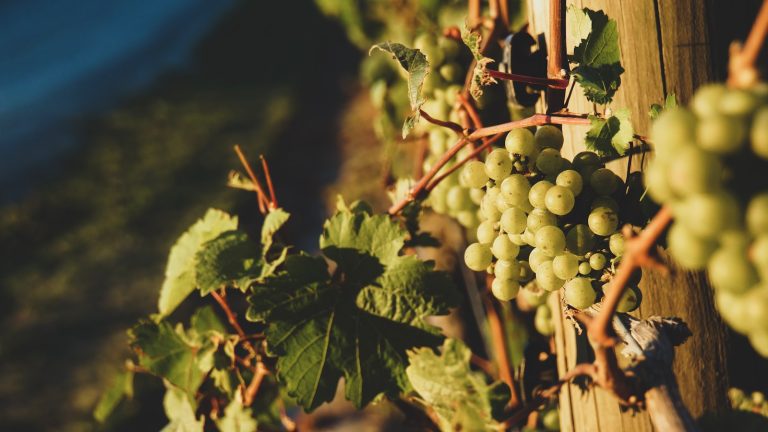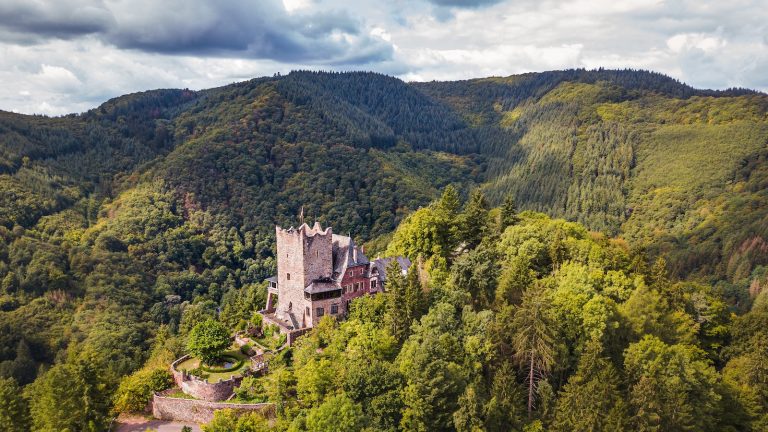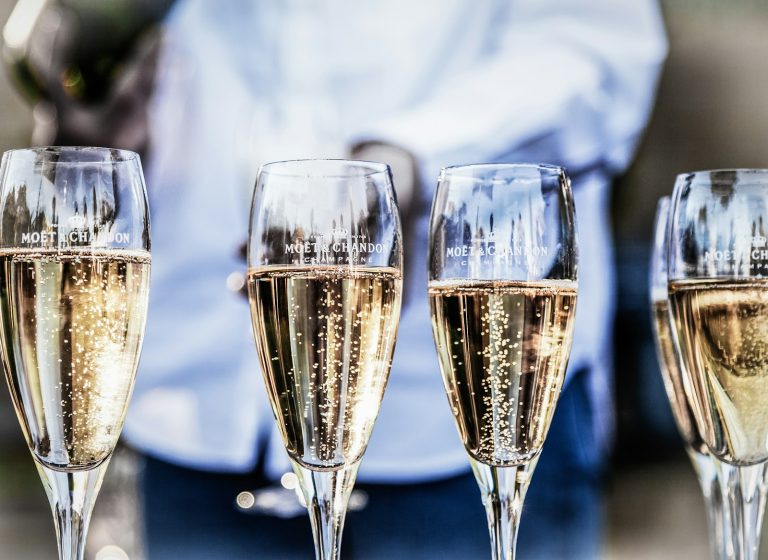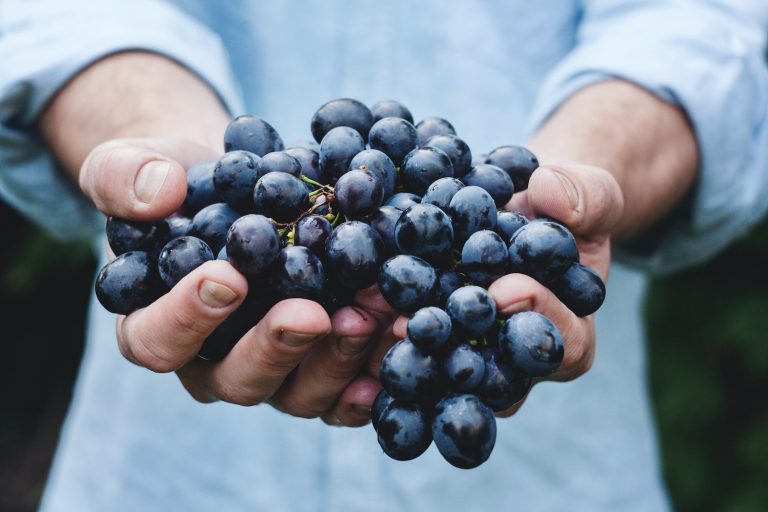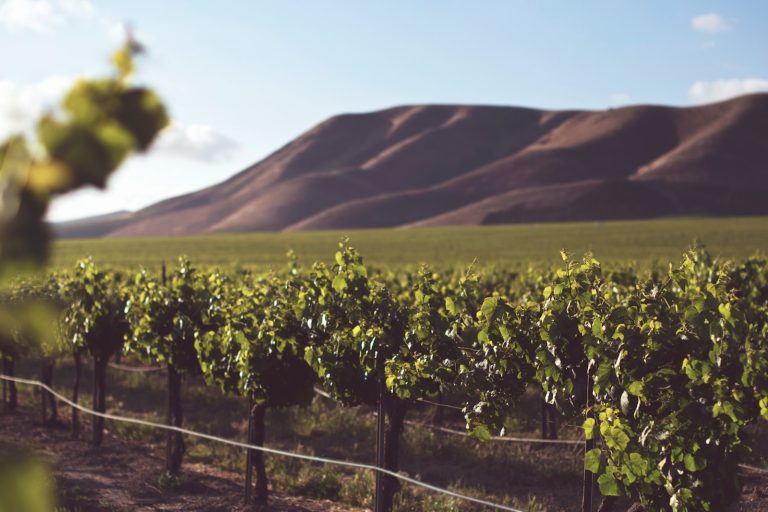Tuscany, Italy Wine Region: A Complete Guide
When it comes to wine travel, Tuscany is one of those rare regions that checks every box: ancient wine estates, sweeping vineyard views, rich food traditions, and charming hilltop towns. It’s a destination where sipping wine becomes a cultural deep dive—each glass a story of place, history, and passion.
From the iconic Chianti hills to the bold expressions of Brunello di Montalcino and the rebellious Super Tuscans, Tuscany has long been a beacon for wine lovers. But beyond the bottle, it’s also about slow travel: exploring medieval streets, dining under olive trees, and watching golden sunsets over rows of Sangiovese vines.
Geography & Climate of Tuscany
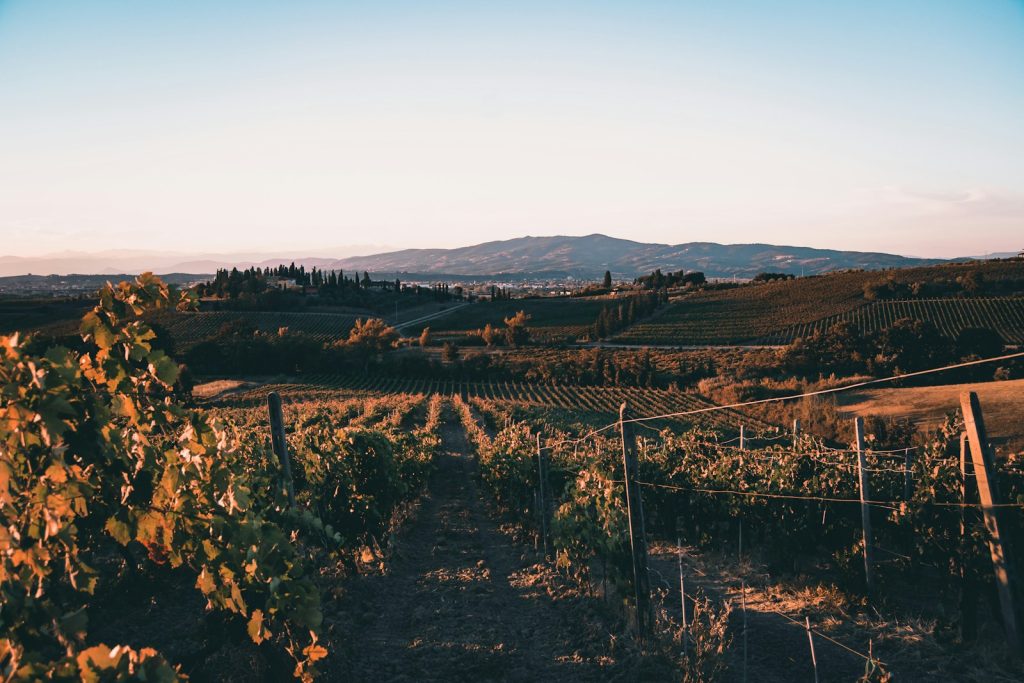
Tuscany’s rolling hills, cypress-lined roads, and vineyard-covered slopes offer more than postcard beauty—they create ideal conditions for winemaking. The region stretches from the Apennine mountains in the east to the Tyrrhenian Sea in the west, offering diverse altitudes and microclimates.
The Mediterranean climate brings hot, dry summers and cool, rainy winters. This balance of sun and rainfall supports healthy vines and long ripening periods, especially for Tuscany’s star grape: Sangiovese. Elevation also plays a crucial role, with higher-altitude vineyards yielding fresher, more structured wines.
Tuscany is home to several subregions, each with its own wine identity:
- Chianti and Chianti Classico in the central hills
- Montalcino to the south, with its warmer, drier climate
- Montepulciano, a bit higher and cooler
- Bolgheri, near the coast, where Super Tuscans flourish
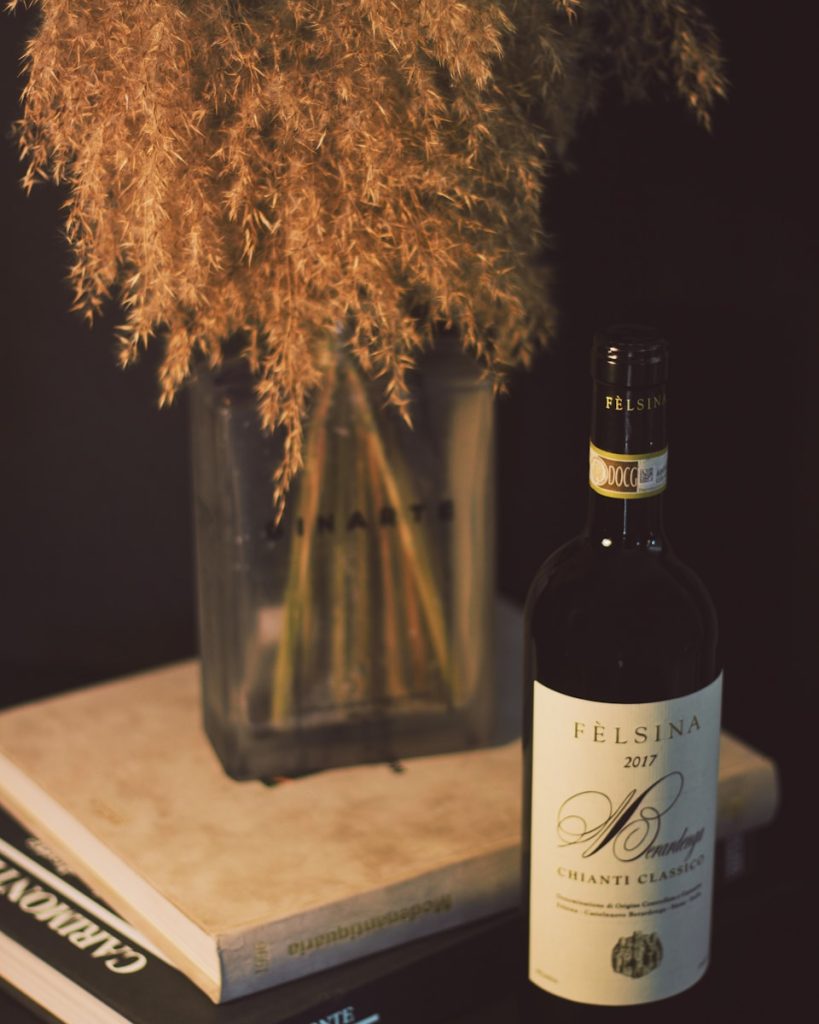
Signature Wines Worth Discovering
Tuscany’s wine scene is defined by both tradition and innovation. At its heart is Sangiovese, a grape that expresses itself in wildly different ways depending on the village and vineyard. You’ll find everything from rustic country reds to cellar-worthy collectibles. Here’s a snapshot of the wines you’ll encounter—and want to bring home.
- Chianti Classico: A bright, food-friendly red with cherry, spice, and earthy notes. Made mostly from Sangiovese, it’s the heart of Tuscan tradition.
- Brunello di Montalcino: Tuscany’s most powerful and age-worthy red. Made from 100% Sangiovese and aged for years before release.
- Vino Nobile di Montepulciano: Elegant and refined, this wine balances red fruit with floral and savory tones.
- Super Tuscans: Bold blends that may include Cabernet Sauvignon, Merlot, or Syrah. Often rich, smooth, and modern in style.
What sets these wines apart is their deep connection to place. From the elevation of Montepulciano to the coastal breeze in Bolgheri, Tuscany’s terroir shows up in every sip. Super Tuscans, meanwhile, reflect a break from tradition that rewrote Italy’s wine laws—and captivated global palates.
Must-Visit Wineries
Tuscany is full of beautiful vineyards, but a few estates go beyond wine to offer unforgettable travel experiences. Whether it’s stunning architecture, historic castles, or intimate family-run cellars, these wineries welcome visitors not just to taste, but to connect.
- Antinori nel Chianti Classico – A modern architectural marvel built into the hillside. Offers panoramic views and immersive tours that blend innovation with history.
- Castello di Ama – Famous for its art installations among vineyards and expressive wines. Stay for the wine, linger for the culture.
- Castello di Verrazzano – A 1,000-year-old castle with deep roots in Chianti winemaking. Guided tastings include cured meats and stunning terrace views.
- Fèlsina – Known for organic vineyards and structured Sangiovese wines. Offers cellar tours and vertical tastings.
- Tenuta Torciano – Near San Gimignano, this family-run estate offers hands-on experiences like cooking classes and wine-paired lunches.
Most Tuscan wineries require reservations, and many offer curated experiences that include vineyard walks, olive oil tastings, and multi-course meals. It’s less about rushing through flights and more about slowing down and soaking in the rhythm of rural life.
Perfect Time to Visit & What to Expect
The best times to visit Tuscany for wine travel are April to June and September to October. In spring, the hills are lush and green, and festivals kick off across the countryside. Fall brings harvest energy, grape-picking tours, and golden-hued vineyards.
July and August can be very hot and crowded, especially in major towns. If you’re visiting then, stick to early tastings and countryside stays with a pool.
Expect:
- Tastings with winemakers
- Tours through ancient wine cellars
- Long lunches with pasta and local reds
- Scenic drives between hill towns and vineyards
Where to Stay & Dine
Accommodations in Tuscany range from rustic farmhouses to luxury vineyard resorts, all offering a strong connection to wine and the land.
Where to Stay:
- Castello di Fonterutoli – A vineyard hotel in Chianti with historic charm and on-site tastings.
- Rosewood Castiglion del Bosco – Ultra-luxury resort in Montalcino with a private Brunello vineyard.
- Borgo Pignano – Eco-chic estate between Volterra and San Gimignano.
- Villa Le Barone – Cozy countryside retreat surrounded by vines.
Where to Dine:
- Osteria Le Logge (Siena) – Fine Tuscan cuisine with an extensive wine list.
- La Porta (Monticchiello) – A hilltop gem with handmade pasta and panoramic views.
- La Cantina del Gallo Nero (Greve in Chianti) – Perfect for a casual lunch and Chianti pairings.
- Trattoria Omero (Florence hills) – A classic spot for bistecca alla Fiorentina and robust reds.
Many of these spots offer wine lists focused on regional producers, making each meal a celebration of Tuscany’s terroir.
Getting Around the Region
Tuscany is best explored by car. While trains connect major cities (like Florence, Siena, and Arezzo), wine country lives in the countryside. Renting a car gives you the freedom to explore smaller villages and hidden wineries.
Travel tips:
- Rent a GPS-equipped car or download offline maps.
- Avoid driving after tastings—hire a driver or book a guided wine tour for tasting days.
- For stress-free planning, consider joining a wine-focused group tour or hiring a local guide.
Want to experience wine travel with us?
Join the waitlist.
Resources
- https://www.decanter.com/wine-travel/tuscany-travel-guide-464064/
- https://www.visittuscany.com/en/
- https://www.antinori.it/en/
- https://castellodiama.com/
- https://www.verrazzano.com/en/
- https://www.felsina.it/
- https://www.torciano.com/
- https://rosewoodhotels.com/en/castiglion-del-bosco
- https://castellodifonterutoli.it/
- https://www.borgopignano.com/
- https://www.lonelyplanet.com/italy/tuscany

